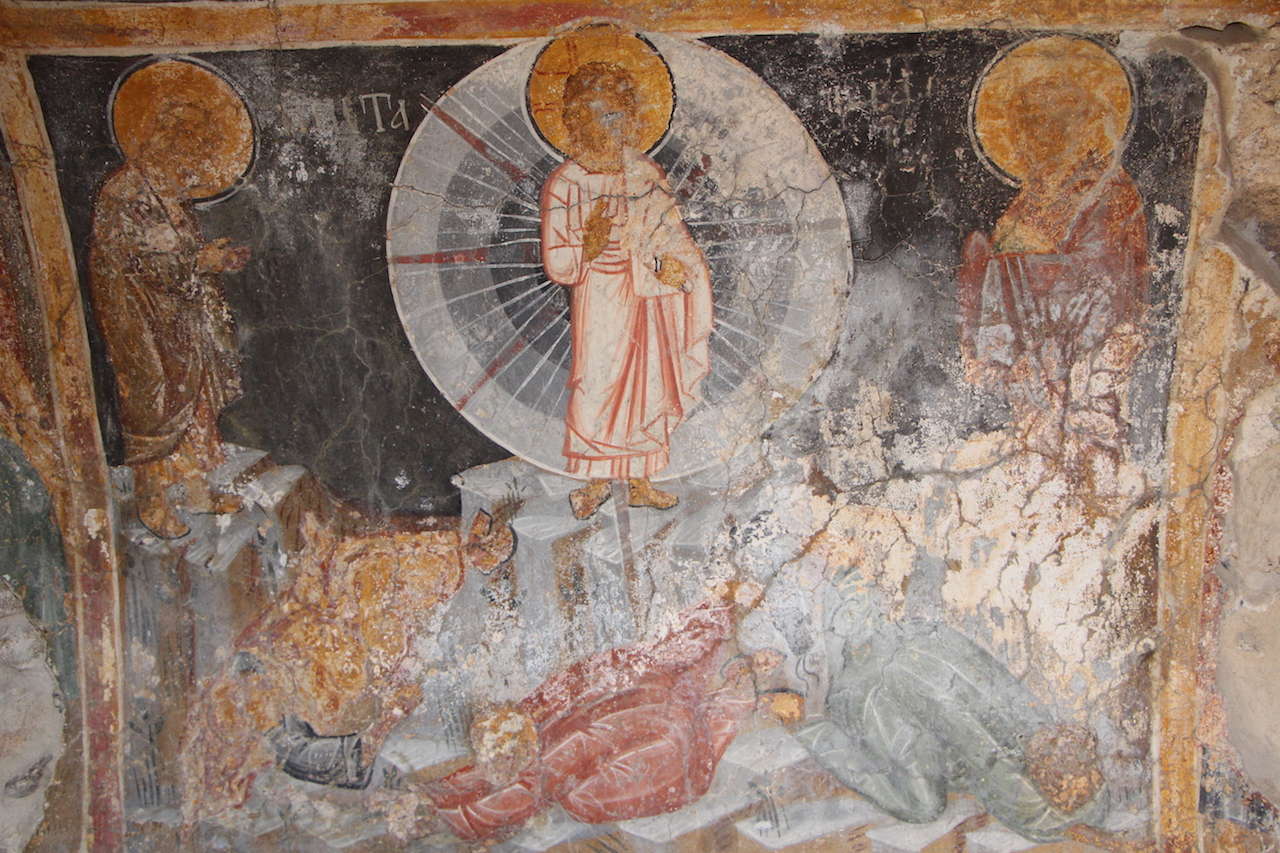The Church of Christ the Saviour is situated in the abandoned village of Mikro Horio. The wall paintings are amazing since they have been preserved in excellent condition. It is well worth a visit. The Church of Christ the Saviour dates back to 1430 AD as clearly stated on the sign…
























